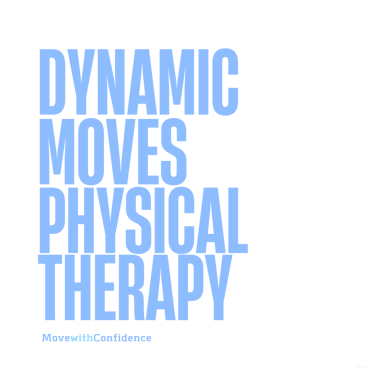Vestibular Therapy: Regaining Balance and Control
Vestibular therapy is a specialized form of physical therapy that helps individuals regain balance and control by addressing issues with the vestibular system. Learn more about this innovative treatment approach and how it can help you today.


Vestibular Therapy: Regaining Balance and Control
Are you struggling with dizziness or vertigo? Do you find it difficult to maintain your balance or perform everyday tasks without feeling unsteady? If so, you may benefit from vestibular therapy, a specialized form of physical therapy that focuses on improving the function of the vestibular system.
What is the Vestibular System?
The vestibular system is a complex network of structures within the inner ear that are responsible for controlling balance and spatial orientation. It works in conjunction with other sensory systems, such as the visual and somatosensory systems, to help the brain maintain a stable and accurate perception of the body's position and movement in space.
What Causes Vestibular Dysfunction?
Vestibular dysfunction can be caused by a variety of factors, including:
Inner ear infections
Head injuries
Age-related changes
Medications that affect the vestibular system
Other underlying health conditions
What is Vestibular Therapy?
Vestibular therapy is a specialized form of physical therapy that helps individuals regain balance and control by addressing issues with the vestibular system. This type of therapy typically involves a combination of exercises and techniques that are designed to promote vestibular adaptation, habituation, and substitution.
Adaptation
Adaptation exercises involve exposing the individual to movements or stimuli that provoke their symptoms, in a controlled and gradual manner. Over time, this helps the vestibular system to adapt and become more responsive to these movements, reducing the severity and frequency of symptoms.
Habituation
Habituation exercises involve repeated exposure to specific movements or stimuli that provoke symptoms, in order to desensitize the vestibular system and reduce the intensity of the individual's symptoms. This can be particularly effective for individuals with persistent or chronic symptoms.
Substitution
Substitution exercises involve compensatory techniques that help the individual to rely on other sensory systems, such as vision or proprioception, to maintain balance and orientation. This can be particularly useful for individuals with more severe or long-standing vestibular dysfunction.
Who Can Benefit from Vestibular Therapy?
Vestibular therapy can be beneficial for individuals who are experiencing a range of vestibular symptoms, including:
Dizziness
Vertigo
Imbalance or unsteadiness
Difficulty walking or standing
Nausea or motion sickness
Individuals who have been diagnosed with conditions that affect the vestibular system, such as vestibular neuritis or Meniere's disease, may also benefit from vestibular therapy.
What to Expect During Vestibular Therapy?
During your initial evaluation, your vestibular therapist will assess your symptoms and evaluate your vestibular function using a variety of tests and assessments. Based on your individual needs and goals, your therapist will create a personalized treatment plan that may include a combination of the following:
1. Balance Exercises
These exercises are designed to improve your overall balance and stability. They may include standing on one foot, walking on a balance beam, or performing other exercises that challenge your balance.
2. Eye Exercises
These exercises are designed to improve the coordination between your eyes and your vestibular system. They may include tracking moving objects or focusing on a stationary object while moving your head.
3. Canalith Repositioning Maneuvers
These maneuvers are designed to reposition small crystals in your inner ear that can cause dizziness or vertigo. Your therapist will guide you through a series of head movements to move the crystals to a different location in your inner ear.
4. Gaze Stabilization Exercises
These exercises are designed to improve your ability to maintain visual focus while your head is moving. They may include focusing on a stationary object while moving your head or following a moving object with your eyes while keeping your head still.
5. General Conditioning Exercises
These exercises are designed to improve your overall strength, flexibility, and endurance. They may include aerobic exercises, strength training, or stretching exercises.
FAQs About Vestibular Therapy
1. How long does vestibular therapy take?
The length of vestibular therapy varies depending on the individual's needs and goals. Some people may only need a few weeks of therapy, while others may require several months of treatment.
2. Is vestibular therapy painful?
Vestibular therapy is generally not painful, although some exercises may cause mild discomfort or dizziness at first. Your therapist will work with you to ensure that you are comfortable and safe throughout your treatment.
3. Is vestibular therapy covered by insurance?
Many insurance plans cover vestibular therapy as a form of physical therapy. However, coverage may vary depending on your specific plan and the nature of your condition. It is important to check with your insurance provider to determine your coverage.
Conclusion
Vestibular therapy is a specialized form of physical therapy that can help individuals regain balance and control by addressing issues with the vestibular system. This innovative treatment approach has been shown to be effective for a range of vestibular symptoms, including dizziness, vertigo, and imbalance. If you are struggling with these symptoms, consider talking to your healthcare provider about the benefits of vestibular therapy and whether it may be right for you.
